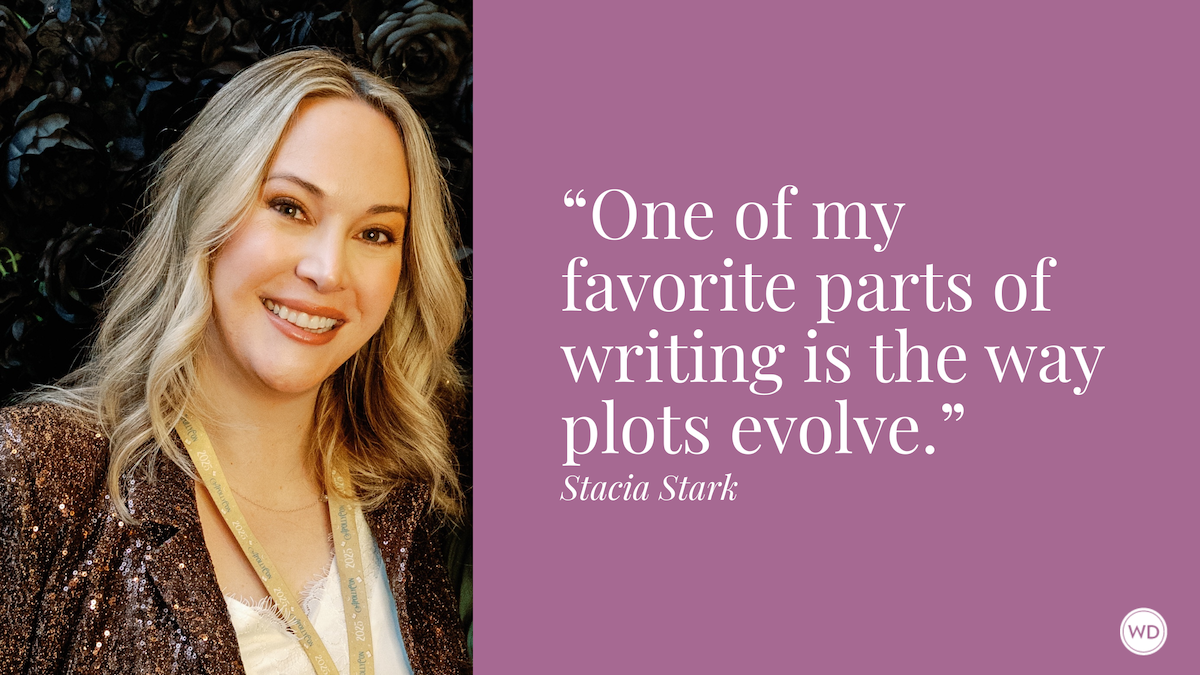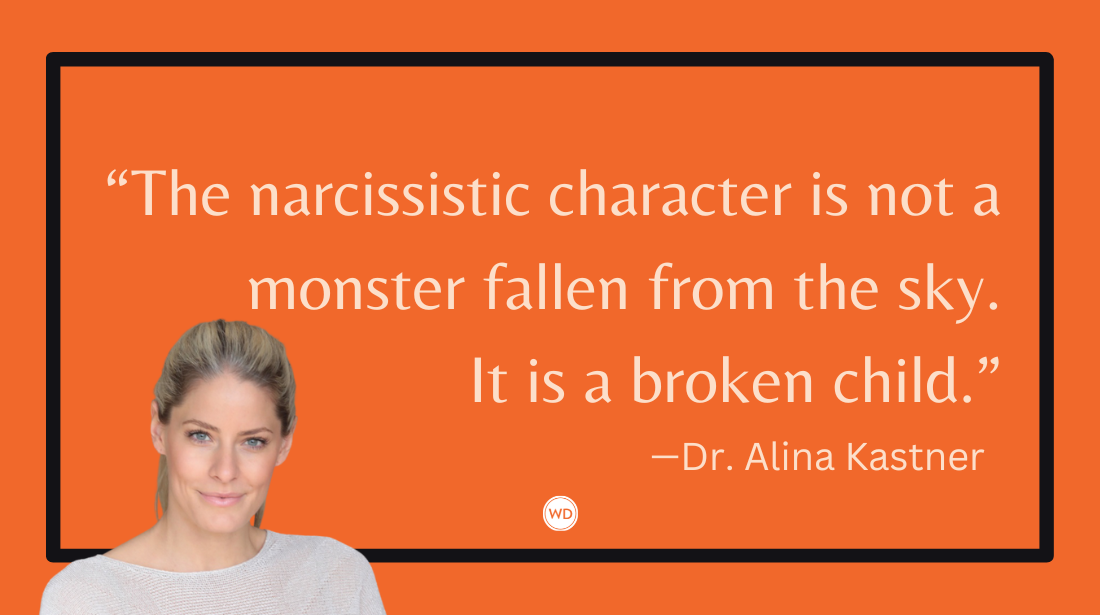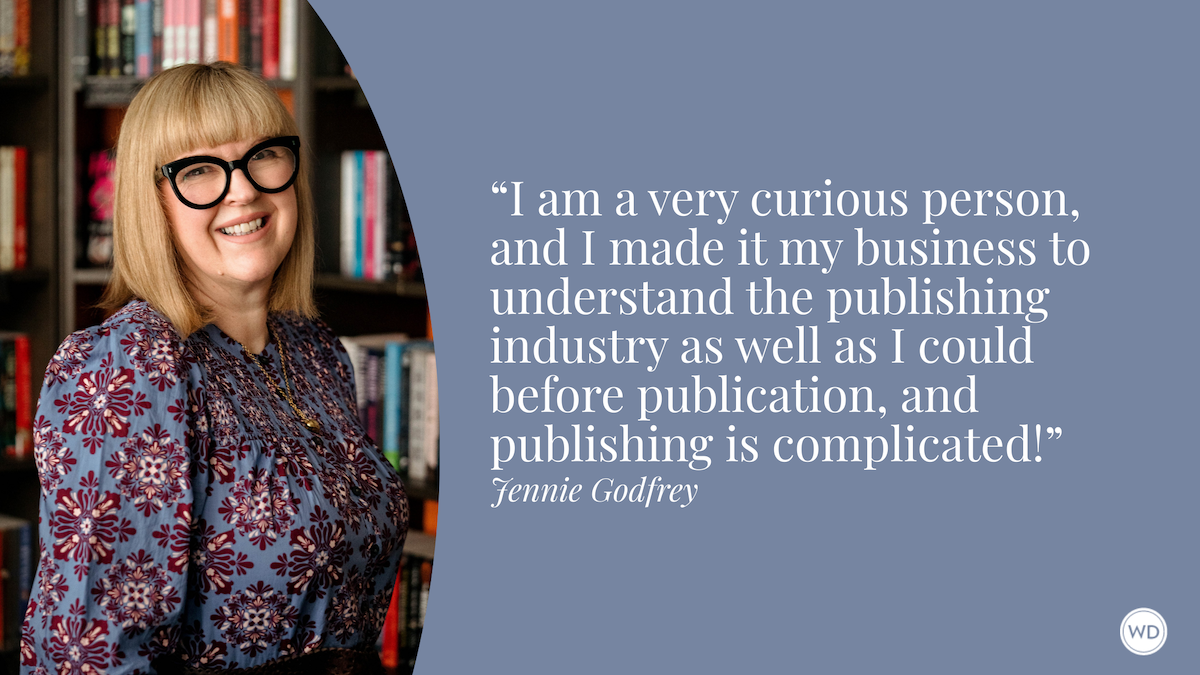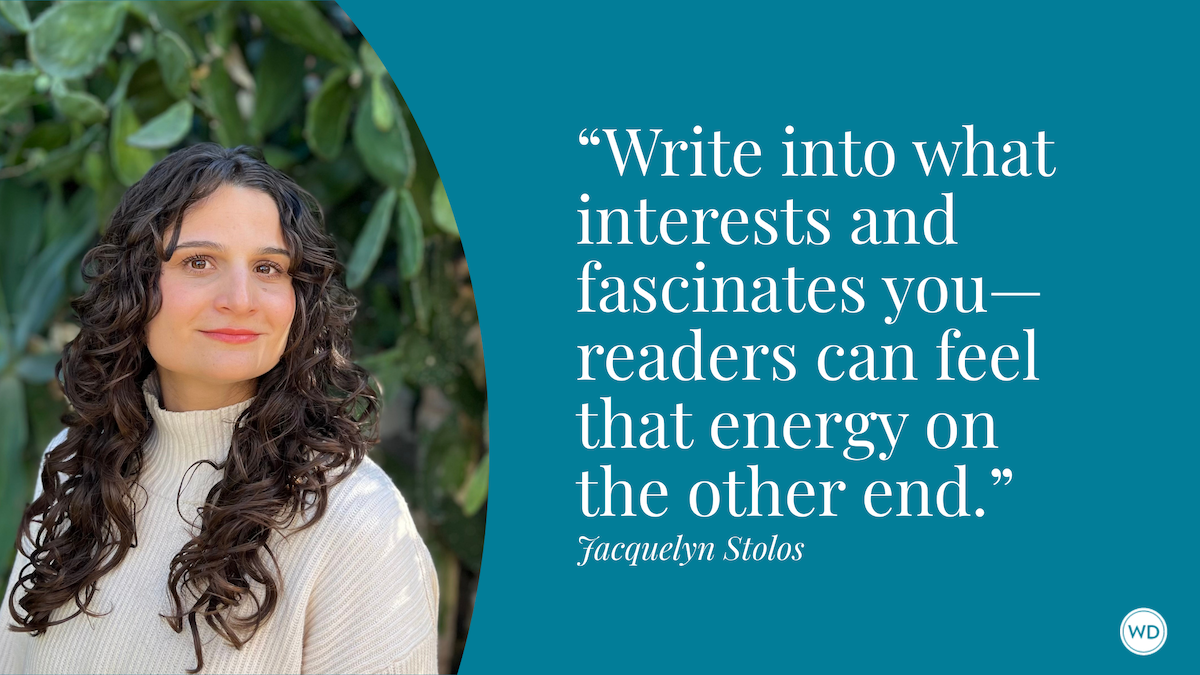When I was a young lad working an office job in Manhattan long ago, in a more civilized age, I used to spend my lunch hours at used bookstores all over the city.1 Most of these stores offered old paperbacks for ridiculously low prices—a quarter each, in some cases. I would routinely pick up 20 books for five bucks and add them to my overflowing library. I’m still working through those books today, decades later—I bought a lot of old paperbacks that way. Why not! They were basically free.2
Those old paperbacks were of mixed quality, but they offered an opportunity I didn’t appreciate immediately: The chance to travel back in time a bit. Digging into those old books offered a break from the bestseller lists and the constant focus on what was new, to experience examples of writing from other time periods—they were lessons about what life was like decades or even centuries ago.
The first time I was conscious of learning something about everyday life from an old book involved Dorothy L. Sayers’ classic mystery Whose Body?, featuring her aristocratic detective Lord Peter Wimsey.3 Published in 1923, the story could be updated to the modern day pretty easily, except for one detail: The way everyone treats telephones. Phones weren’t brand-new in 1923, but newspapers were still publishing articles chronicling the astonishing growth of phone networks, and phone calls were expensive and complex, especially long-distance calls. In the novel, not only does Lord Wimsey keep his phone in a special room, but making a long-distance “trunk-call” is a notable activity, and one that involves politely asking someone to make the connection and ring you back when they have your party on the line.4
This one detail, capturing the way people viewed telephones (as a new and expensive technology), reminded me that the book had been written in a reality that no longer existed, and reflected a set of attitudes and social behaviors that no longer made much sense. And that’s when I realized that if you want to know what life was like at any specific point in the past, one of the most effective (and interesting) ways to research it is to dig into the pop culture of the era.5
The Other Way to Research
When we think of research in terms of writing fiction, we usually default to the usual stuff: Hours spent squinting at a computer screen as we pick our way through Google searches or sifting through reference works at the local library,6 falling down rabbit holes of information. Some more ambitious folks might arrange to travel places so they can get a firsthand understanding of the geography, topography, and culture of a specific area, or to see locations with historic interest in real life.7
While that kind of research can give you a strong factual and physical basis for a historical or history-inspired setting, what it can’t give you is the vibe. History has a way of flattening cultural attitudes and lifestyles into simplified versions, leaving the more complex and nuanced understanding to scholars who have the time to dig through original sources. Consider the American Revolution, which is usually presented in hyper-patriotic terms as if every single resident of the original Thirteen Colonies was an ecstatic supporter—when the truth is much, much more complicated.8
That’s where old novels, plays, movies, and TV shows come in. These are works of fiction, yes, but when fiction is set in the writer’s current moment, they often reflect—very, very accurately—many of the unseen attitudes, traditions, and perspectives that get hidden by the necessary simplification of even high-quality history.9 Both well-known classics and lesser-known works can give you a clear sense of what life was really like at the time—how people dressed, spoke, and lived.
The key here is that most of this stuff wasn’t consciously included by those creators—when you read a book published last year and set in the modern day, you don’t even notice details like what people are wearing, or the apps they use on their phone, because we’re immersed in these details ourselves every day—they’re invisible. But in 200 years, those details will likely leap out at future readers in the same way someone looking up phone numbers in the Whitepages does to us.10
If you want to get a ground-level sense of how people actually lived and thought back in The Day, supplementing your research with some old-timey pop culture is a smart move—those musty old books and movies can offer a wide range of information you won’t find cataloged in more formal sources. Here are a few benefits of digging into our pop culture past.
Contemporaneous Attitudes
Times change. Attitudes change, and the Overton window of acceptable behavior constantly shifts.11 History books are usually too high-level to dig into the details of common attitudes that might have been top-of-mind for people living in that moment, and even well-researched historical fiction will commonly overlook problematic behaviors and beliefs if they don’t serve the story’s themes. But pop culture created in that moment—or reasonably close to it—can offer a glimpse of what those attitudes were, because they were common at the time.
If you want to know how people viewed everyday life in the Middle Ages, The Canterbury Tales is a treasure trove of information about how people viewed a wide range of subjects, from society itself (comically corrupt) to gender roles (surprisingly messy).12 If you’re looking for an accurate depiction of early 19th-century attitudes toward sexuality, read The Scarlet Letter, itself based on the sensational murder of Sarah Maria Cornell in 1832, just 18 years before, as well as what may be the first work of what we’d recognize as true crime, Fall River: An Authentic Narrative by Catharine R. Williams, written just a year later and digging into Cornell’s sad story as satisfyingly as any modern podcast. If you wonder how the public broadly viewed life during the Great Depression, the film It Happened One Night is a frothy screwball comedy that offers several insightful glimpses of how people survived one of the worst financial crises of modern times.13
The Little Details
History books often give you little information about how people actually behaved—how they spoke informally (as opposed to speeches or interviews) and the little details that occupied their thoughts. But contemporary books and other media can offer a glimpse.
The Catcher in the Rye is not just a terrific book, it’s also a strikingly accurate time capsule of how teenagers spoke and interacted in early 1950s America. While Holden Caulfield is a singular character with unique privilege, obsessions, and goals, the way he communicates with people throughout the story gives you a sense of what people were talking about and how they talked about it. Do the Right Thing isn’t just a terrific film, it’s also a film that captures a specific moment in American urban life—as well as its speech patterns and dress codes—that would be invaluable for anyone writing a story about that time and place.
Local Knowledge
Something else The Catcher in the Rye offers as a research resource is a sense of place. If you pay attention as you read, you get a pretty clear idea of what New York City in the 1950s was like—Holden travels around quite a bit, and you could construct a workable map of the city from the details he drops along the way.14 As challenging as James Joyce’s Ulysses is to read, it’s also an incredibly accurate rendering of Dublin in the early 20th century that you could mine for any story set there.
It’s not just famous old novels that can offer this kind of historical detail. The 1948 film Act of Violence isn’t exactly top of mind for people these days, but it was shot on location in a Los Angeles that literally doesn’t exist anymore, including a terrific chase sequence through the old Bunker Hill neighborhood that was completely redeveloped in the late 1980s. Films and TV shows filmed on location can be goldmines of information about places that simply no longer exist.
The Invisibles
Something that pop culture—especially novels—captures that more formal history usually misses are the unspoken, invisible attitudes of people at that time. When I read The Grapes of Wrath or watch the film adaptation, it’s extremely informative about the way people lived and survived during the Great Depression and the Dust Bowl era.15 But when I first read the book, I was struck by the complete lack of self-pity among the characters. There’s anger, exhaustion, and fear, yes, but everyone regards the economic catastrophe that has driven them from their homes in a desperate search for survival as something that’s happening to everyone—the entire country—not as a particular tragedy happening just to them. It’s a subtle thing, but it’s instructive—in large part because the story deals with events that were still happening when it was being written.
There is one caveat to keep in mind if you use pop culture to better understand a past era: Be cognizant of the limitations of the creators. We all have weak areas, and writers, like everyone else, are a product of their times.16 A book, film, or other piece of pop culture might be very useful for one aspect of your research (geography, or attitudes toward a new technology) but not useful at all—possibly even deceptive—in other ways. It pays to do a little meta-research into the creators you’re relying on.
Old-school pop culture is often a snapshot of a past time, filled with real, accurate information that can be difficult to pin down in other ways. If your current work-in-progress requires a little research into the past, set up a movie night, find out what everyone was reading that year, and settle in for some eye-opening entertainment.
Jeff Somers began writing by court order as an attempt to steer his creative impulses away from engineering genetic grotesqueries. He has published nine novels, including the Avery Cates Series of noir-science fiction novels and the Ustari Cycle series of urban fantasy novels. His short story “Ringing the Changes” was selected for inclusion in Best American Mystery Stories2006; “Sift, Almost Invisible, Through” appeared in the anthology Crimes by Moonlight, edited by Charlaine Harris; and “Three Cups of Tea” appeared in the anthology Hanzai Japan. He also writes about books for Barnes & Noble, and the craft of writing for Writer’s Digest which published his book Writing Without Rules in 2018. He lives in Hoboken with his wife, The Duchess, and their cats. He considers pants to always be optional. Follow him on Twitter @jeffreysomers.









